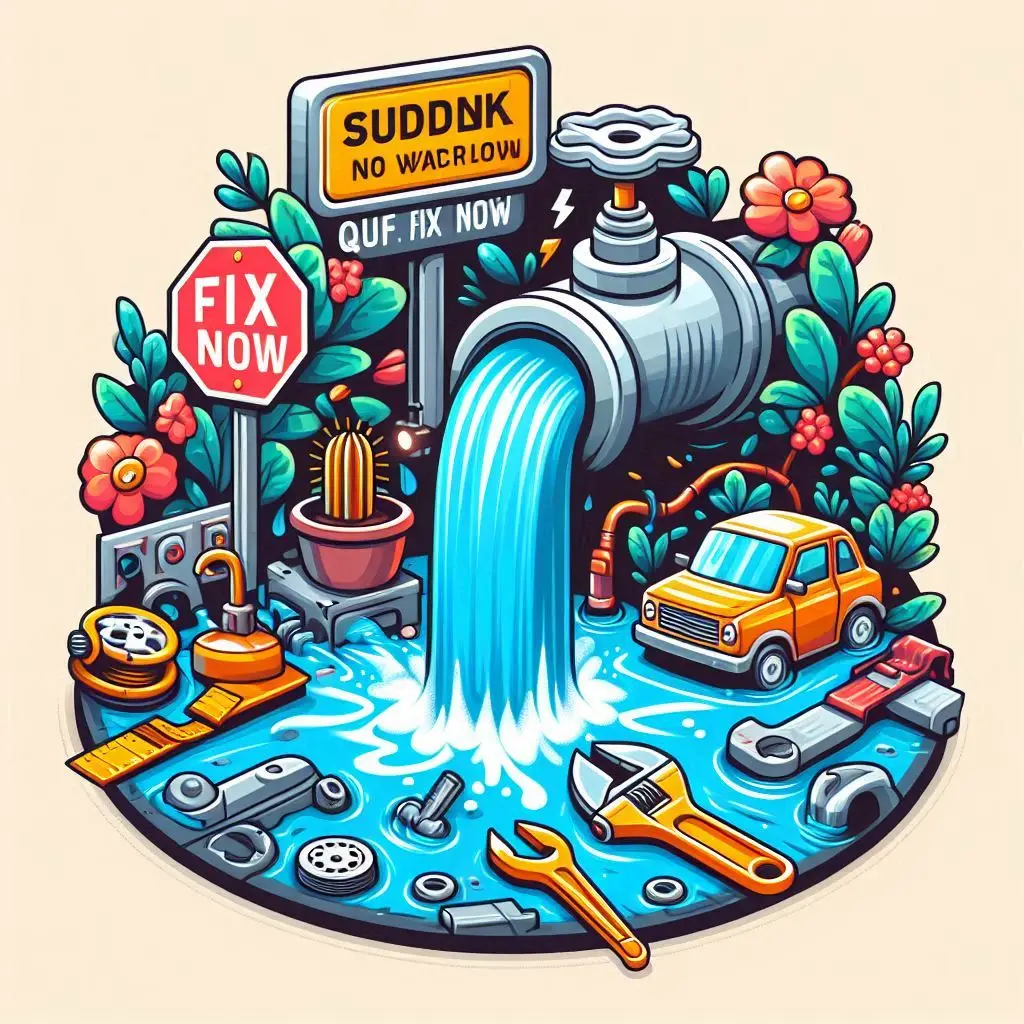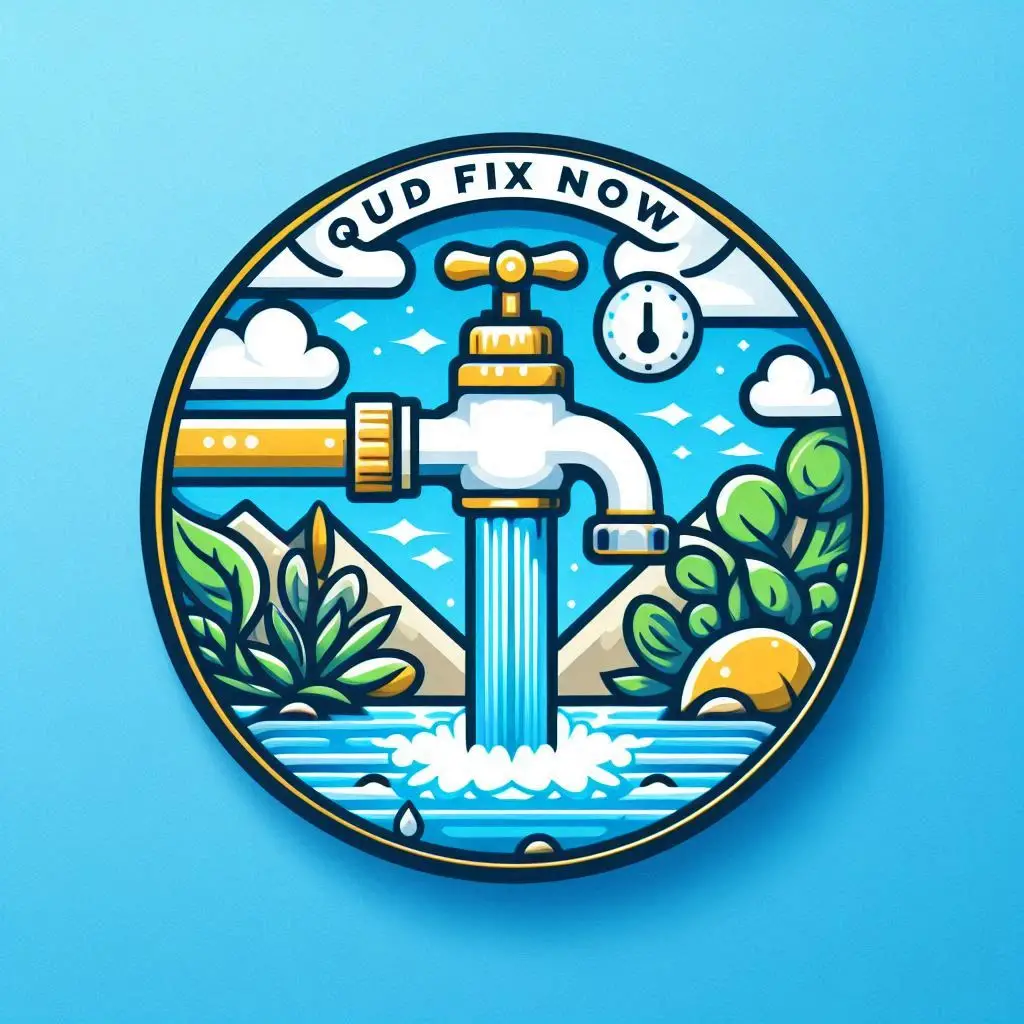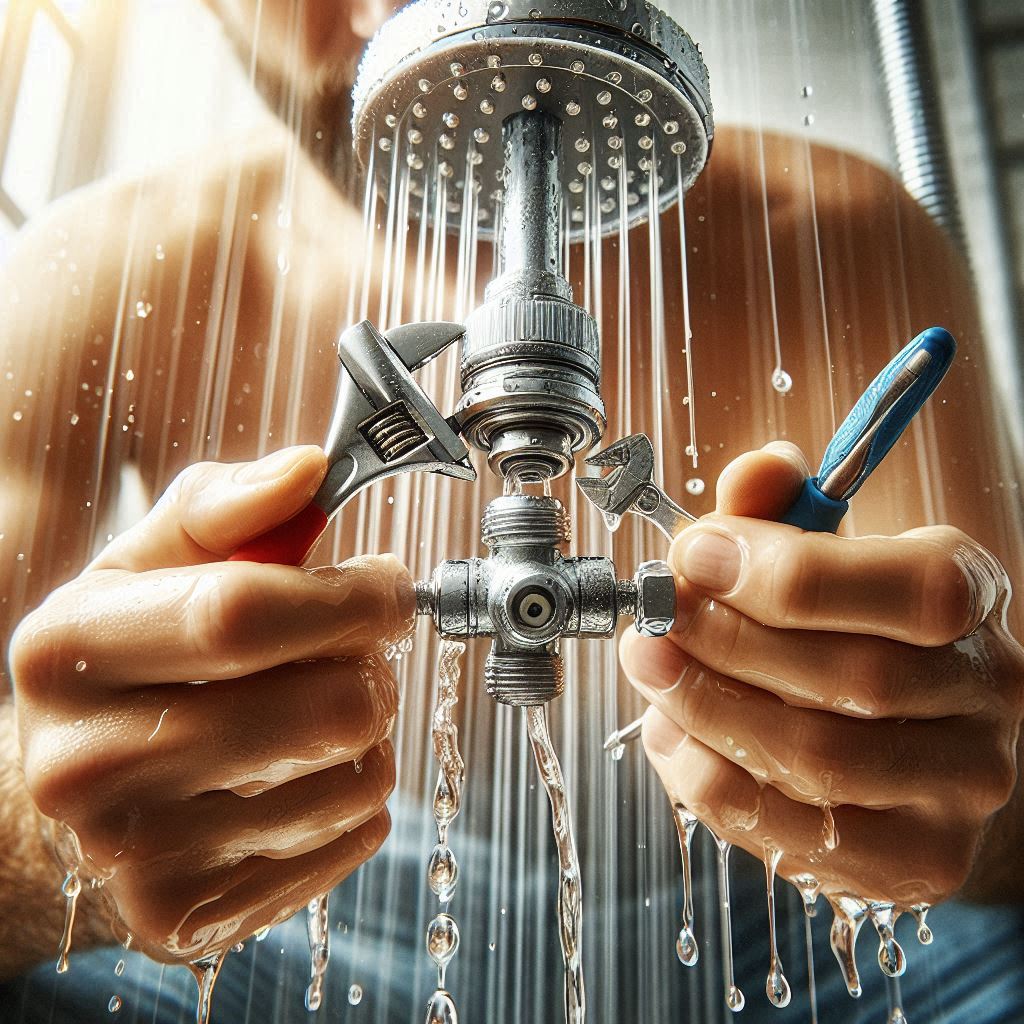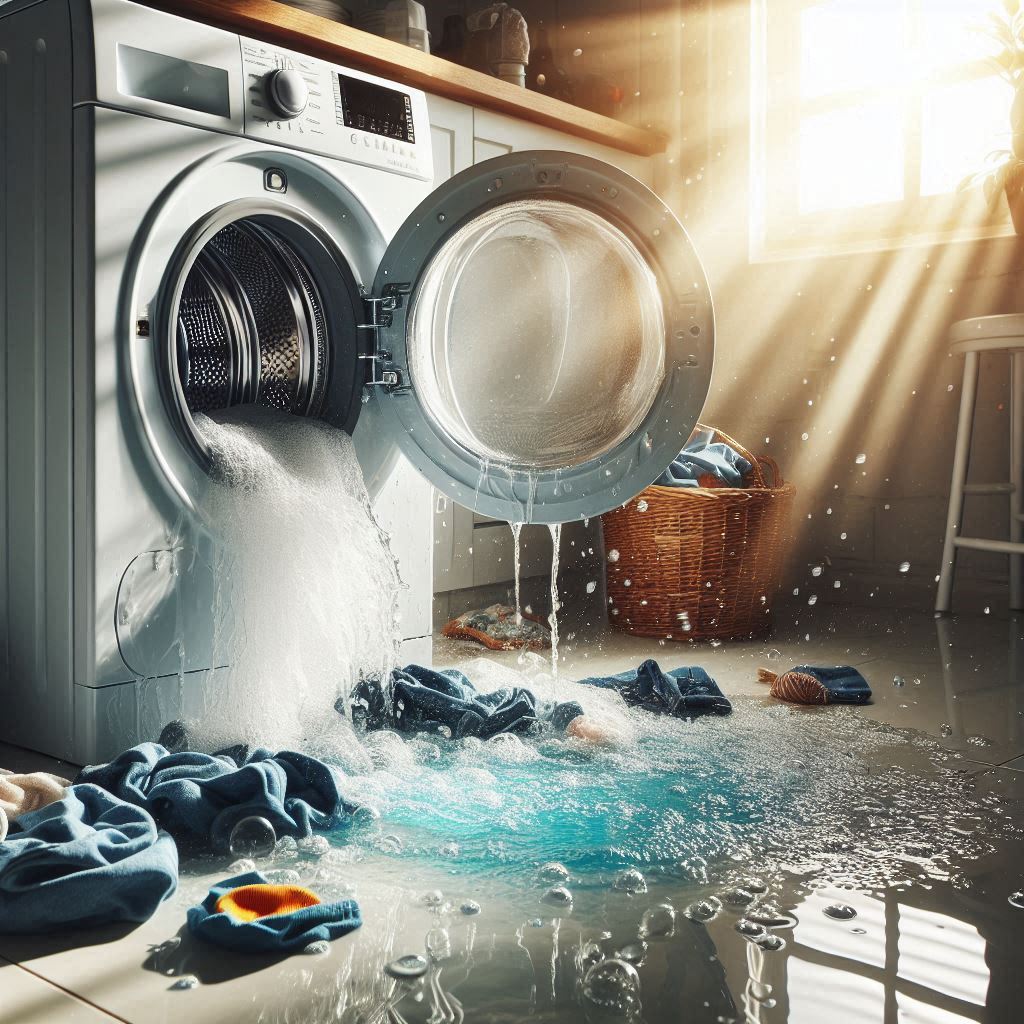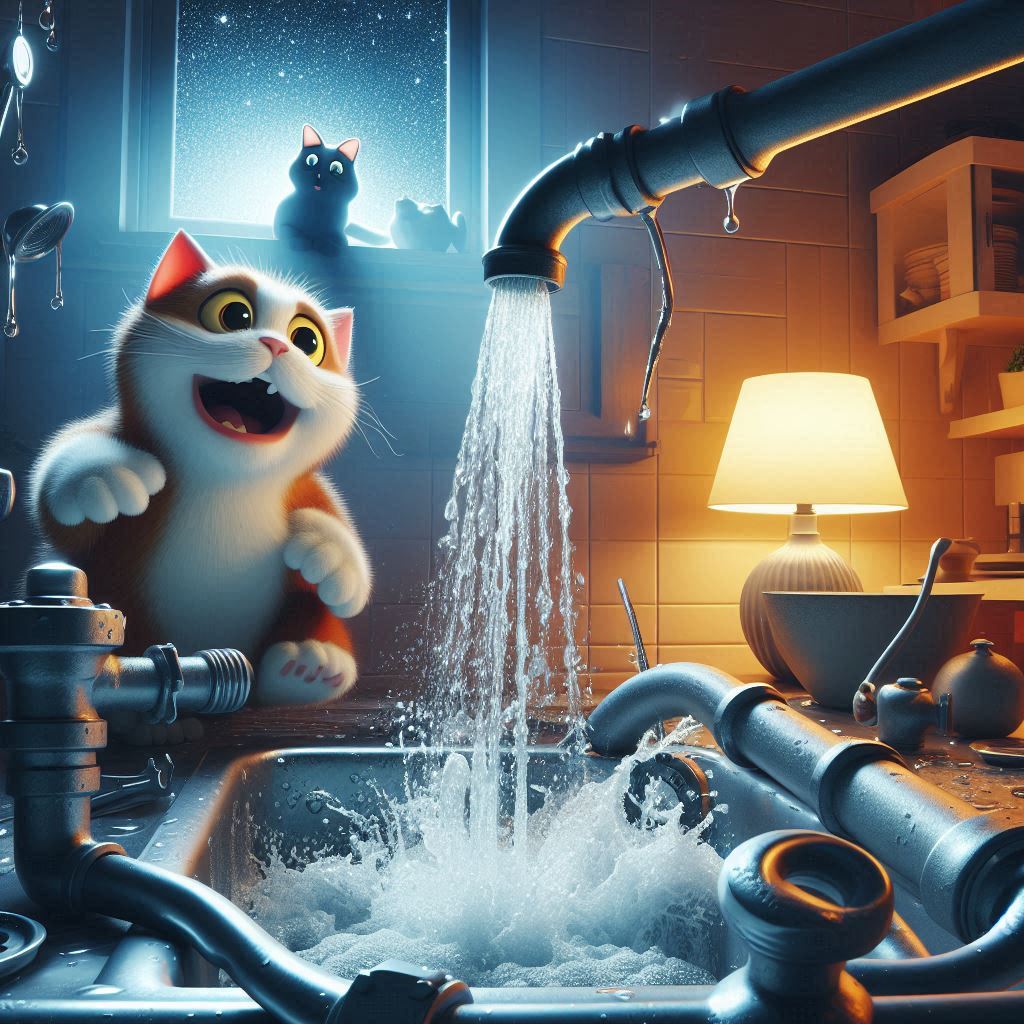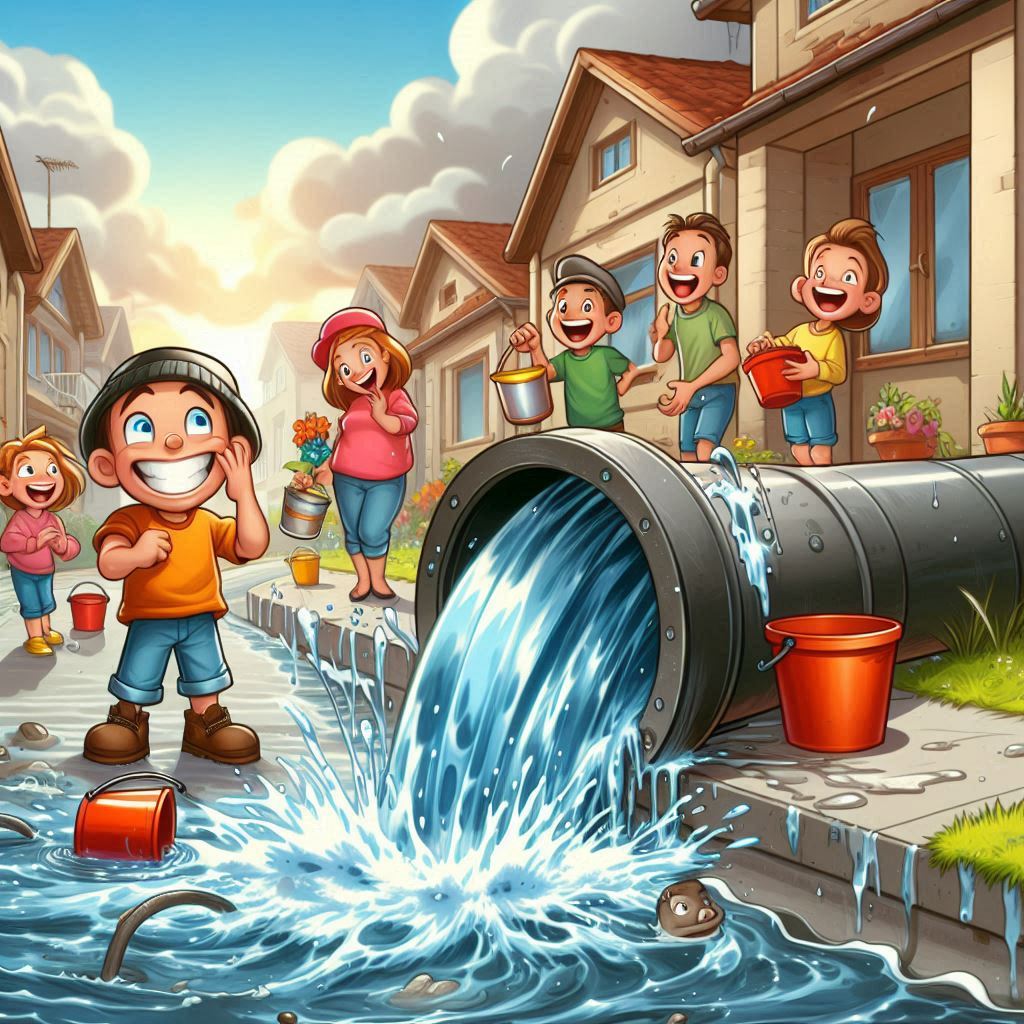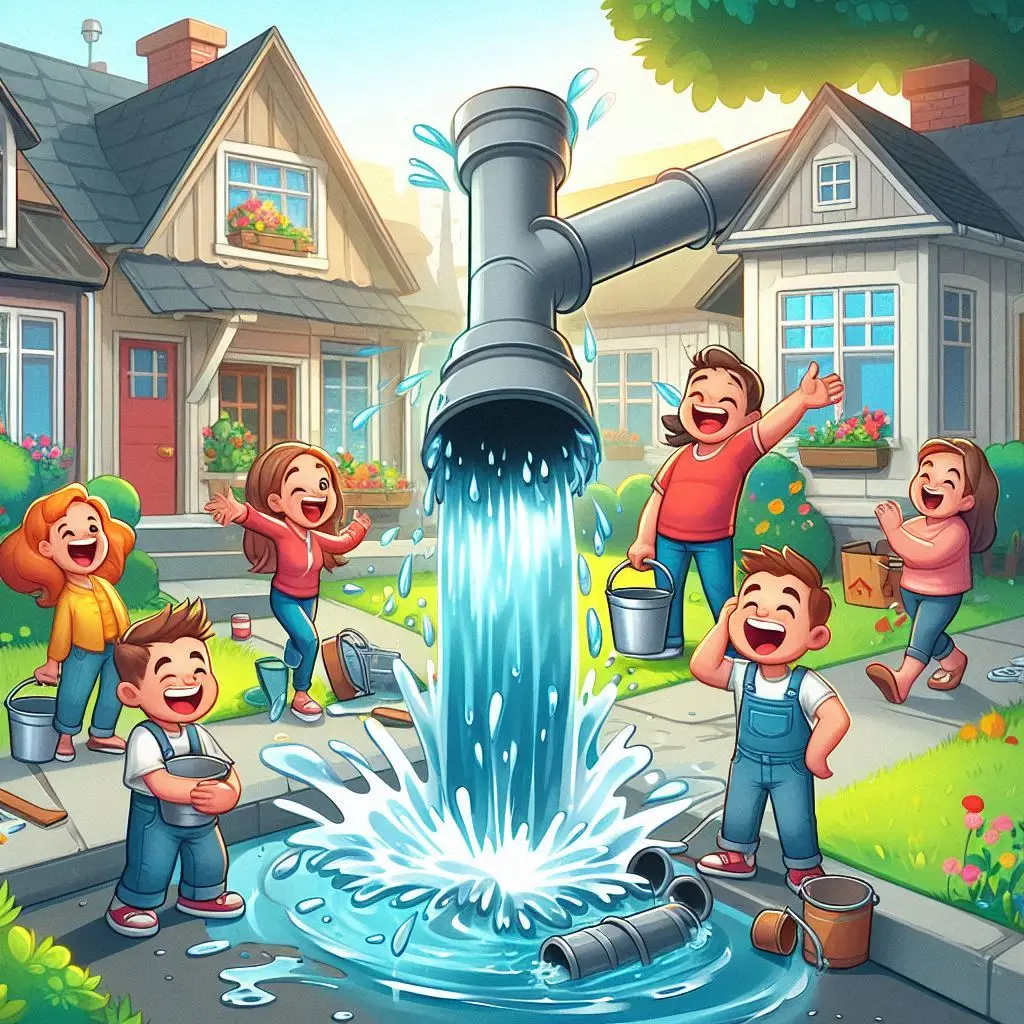A reverse osmosis (RO) filter leak might look harmless, but it wastes clean water and can damage your cabinet base. Here’s how to water fix now in 7 simple steps that save time, effort, and money.
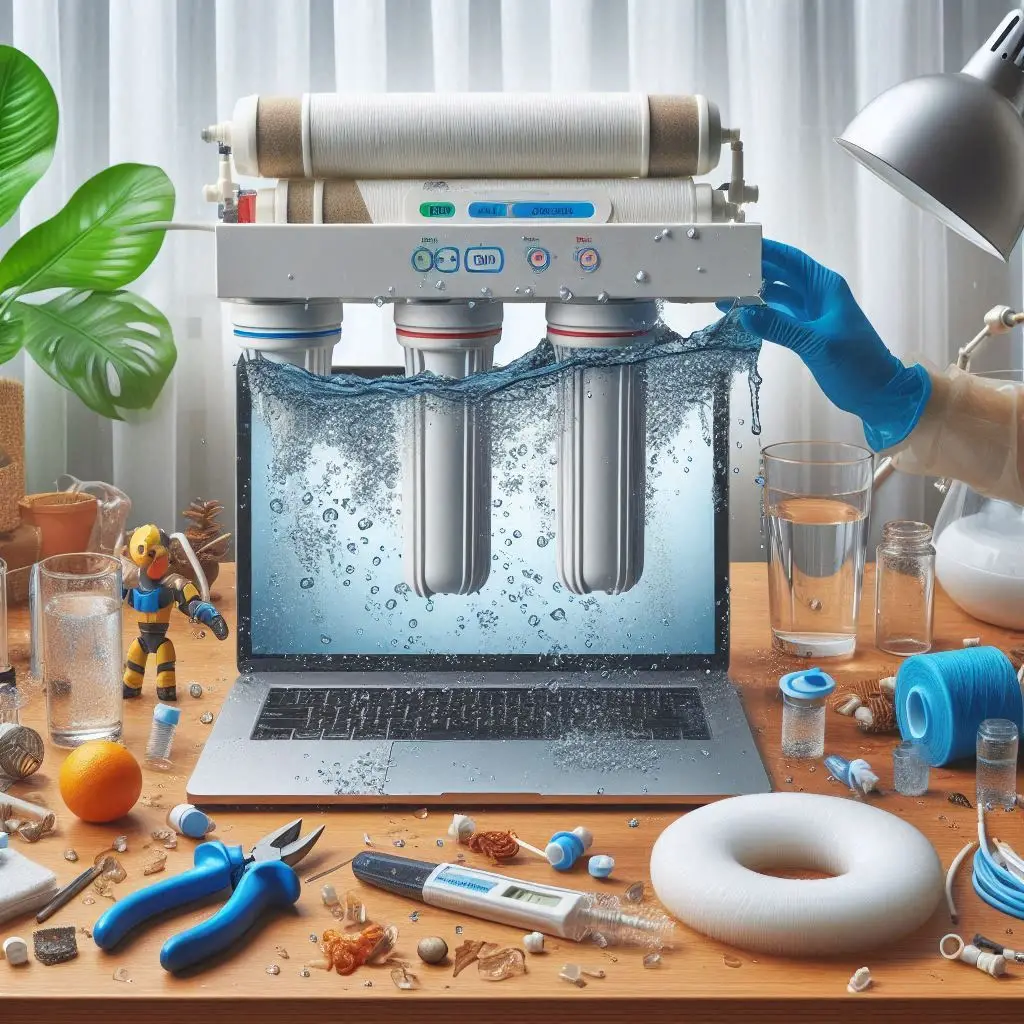
1. Find the Leak Source (Inspect Before Acting)
Dry the area and trace where water appears — joints, filter housing, tubing, or tank.
Leaks often hide in fittings or under the filter cap.
Once identified, you can apply a targeted water fix now without guesswork.
2. Turn Off Water Supply and Power Source
Always begin safely — close the cold-water supply valve and tank valve, then unplug any RO pump.
This small step avoids a flood and sets the stage for a clean water fix now process.
3. Tighten or Reseat All Tubing Connections
RO systems use push-fit tubes that loosen with vibration or time.
Push them in firmly or trim the ends before reconnecting.
If the leak stops, you’ve already performed a successful water fix now.
4. Inspect Filter Housings and O-Ring
Remove the housings and check the O-rings.
Cracked or flattened O-rings are the most common cause of leaks.
Replace them and apply silicone grease before tightening — it’s a durable water fix now measure.
5. Clean the Drain Line and Flow Restrictor
A blocked drain line or restrictor causes backflow pressure.
Detach, flush, and reattach both parts properly.
This hidden source of leaking often disappears after this simple water fix now cleanup.
6. Test Storage Tank & Shut-Off Valve
Leaks around the tank connector or auto shut-off valve can ruin pressure stability.
Tighten connections gently, and if drips persist, replace the valve — an easy DIY water fix now that restores balance instantly.
7. Reassemble, Flush, and Monitor for 24 Hours
Reassemble everything, open the feed water, and flush the system for a few minutes.
Use dry tissue to check for moisture around fittings.
If it stays dry — congratulations, your water fix now is complete!
Quick Recap:
- Identify the leak source.
- Turn off water and power.
- Reseat tubing connections.
- Replace or grease O-rings.
- Clean drain and restrictor.
- Tighten tank and valve.
- Flush and test for 24 hours.
Follow these steps and enjoy a leak-free RO system that runs efficiently and safely — all thanks to your quick water fix now.

Objection & Answer
Objection: “RO systems seem too complex for DIY fixes.”
Answer: Actually, most RO leaks are simple — caused by loose tubing or worn seals. With these water fix now steps, you can handle repairs confidently without calling a plumber or spending extra.
